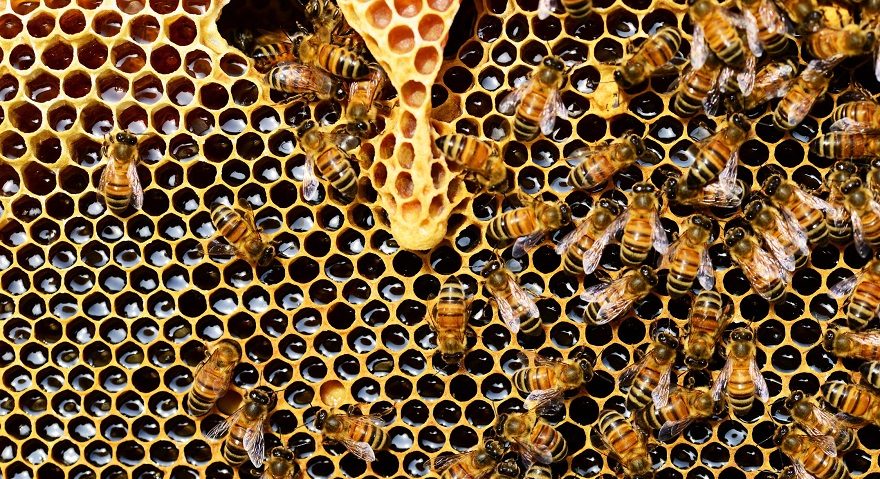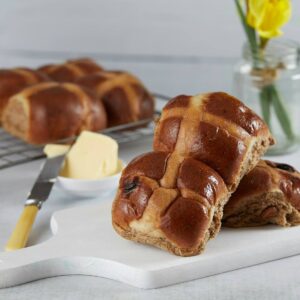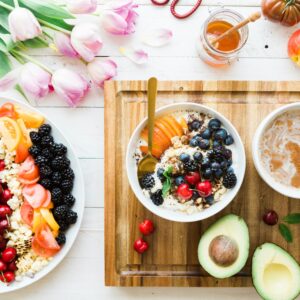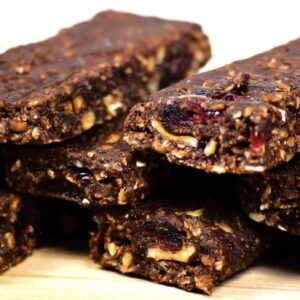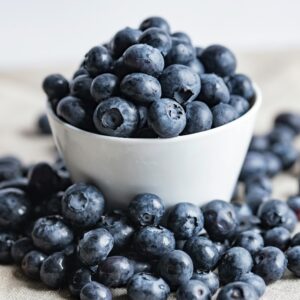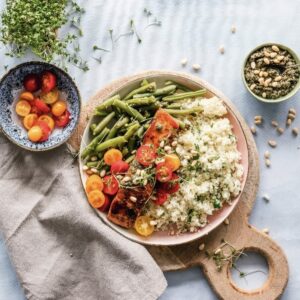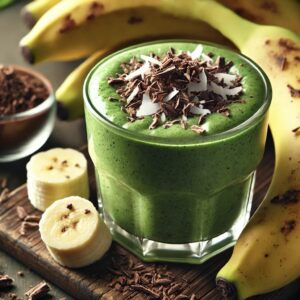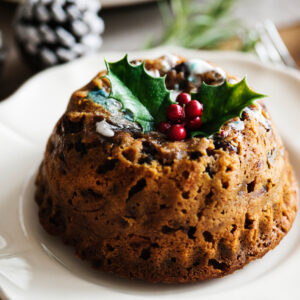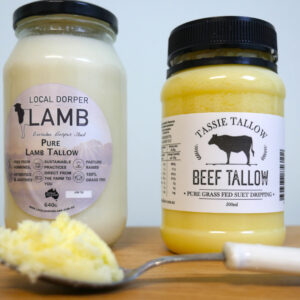Honey is one of nature’s most delicious sweeteners and one that should be celebrated for its unique array of health benefits. With so many choices available, from varying flavours, colours and viscosity, it can be overwhelming deciding which to choose for your morning cuppa or Sunday baking.
Firstly, how DO bees make honey?
The hive’s worker bees do the heavy lifting of honey making by extracting nectar from flowering plants and storing it their second stomach or ‘crop’. They then return to their hive and regurgitate it into another bee’s mouth. During this process it mixes with special digestive enzymes in the bee’s ‘crop’ to create the beneficial parts of the honey. Finally after a few rounds of this, it is deposited in the honeycomb ready for collection. Fascinating!
Raw versus heat treated…
You’ve probably heard the term ‘raw’ honey versus ‘heat treated’ and wondered about the differences.
Raw honey is the kind you want to have in your pantry as it’s brimming with beneficial enzymes and minerals having come directly from the hive. It’s generally passed through a filter to remove impurities, but otherwise it is as nature intended.
Heat treated is where the honey has been pasteurised by heating it to high temperatures to kill of any bacteria or yeasts. This process means it can have a longer shelf life and look more appealing; however it can alter the taste and kill off many of the enzymes and nutritional components that make honey such a wonderful and functional food source.
What about the different varieties? How do I know which is best?
As long as you’ve selected a raw honey, the decision comes down to a personal preference for flavour and viscosity (how runny it is). The differences in varieties of honey can be down to the type of flowering tree the nectar is derived from, the location of these trees and even the levels of rainfall in an area. There are up to 300 different types of honey available.
The most common varieties of honey are:
Blue Gum: Derived from the flowers of the blue gum trees, this honey has a smooth and buttery flavour with a lovely clean finish. A lighter-coloured honey that is suited to a broad range of dishes.
Leatherwood: Very strong flavoured and fragrant honey that can be quick to candy (crystallise). A small amount goes a long way to add an aromatic note to baked goods and sweet dishes.
Macadamia: A sweet, mild honey with a nutty and caramel toffee after taste. It is loaded with minerals, antioxidants and amino acids to strengthen immunity.
Ironbark: A light amber honey being a favourite with all ages thanks to its mild but distinctive sweet smooth taste which lends itself well to a range of sweet or savoury dishes.
Stringy Bark: a rich, malty and amber-coloured honey with caramel notes that is delicious drizzled over vanilla ice cream!
Eucalyptus: A great medicinal honey variety that helps protect against cold and flu. It differs in taste and flavour but carries a characteristic herbal flavour and a slight aftertaste of menthol.
Manuka: Native to New Zealand’s coastal areas, Manuka Honey is collected from the flower of the Tea Tree bush. It comprises of rich antibacterial properties that aids in effectively treating stomach ulcers, sore throat, cold, and indigestion as well as skin irritations such as acne, eczema and psoriasis. Each batch of Manuka honey is given an UMF (unique Manuka factor) which ranges from UMF 5+ to UMF 16+. This tells us the levels of beneficial compounds in the honey with a greater UMF yielding a higher level of antioxidants and anti-bacterial benefits.
We stock a range of different and very tasty honey at go natural foods. If you are unsure which product is best for you, our friendly staff will be more than happy to help.
by Emma H for go natural foods

